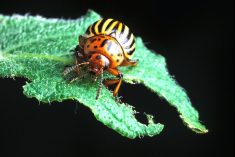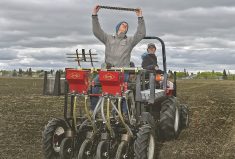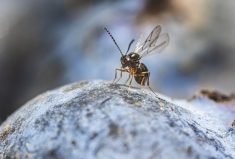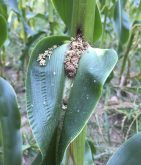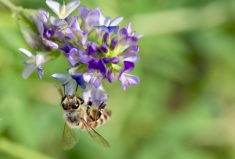Crop industry sources say Ontario’s environment ministry data understates the decline of neonicotinoid insecticides used on corn since 2014.
The ministry says use has dropped only 22 per cent whereas industry estimates put the decline generally at over 30 per cent and higher in some areas.
Why it matters: The province has set a goal of reducing neonic use by 80 per cent and has introduced regulations to discourage their use. Data that shows that the reduction in use of neonics is moving slowly could lead to more regulation.
Read Also
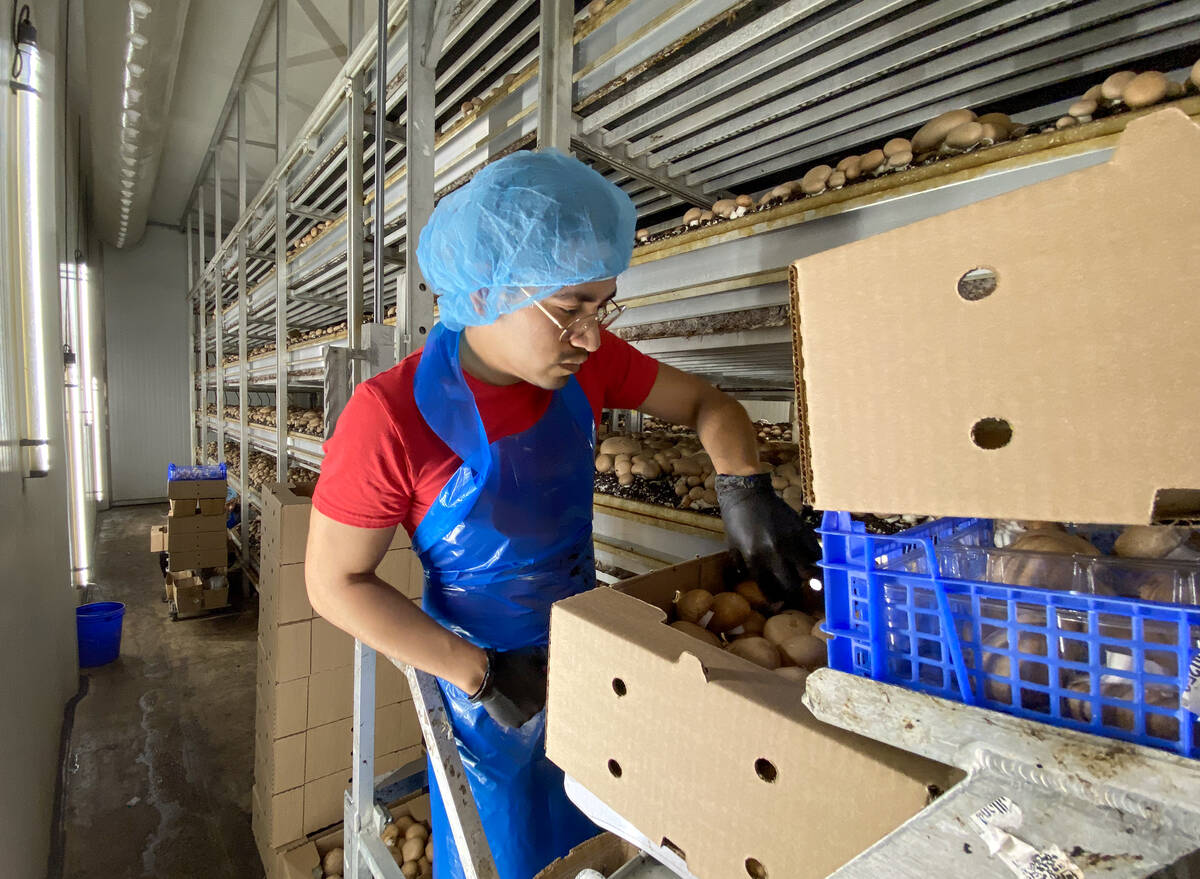
Ontario’s other economic engine: agriculture and food
Ontario Federation of Agriculture president, Drew Spoelstra, says Ontario’s agriculture and agri-food sector should be recognized for its stability and economic driving force.
Deb Campbell, owner of Agronomy Advantage, said that use of neonics in corn in her area in central Ontario declined by about 30 per cent in 2017 and in 2018 only about 30 per cent of corn acres will see neonics used.
Those numbers are close to the what the Canadian Seed Trade Association and CropLife Canada are saying. They wrote a letter to the Ontario Ministry of the Environment and Climate Change seeking to clarify the neonic acreage numbers.
The organizations say there has been a decrease of 38 per cent in the corn acres treated with neonics from 2014 (when almost all corn was treated with neonics) to 2017. The decrease from 2016 to 2017 was only four per cent, from 72 per cent of acres to 68 per cent of acres.
Soybeans have seen a greater drop, according to the organizations, to 44 per cent of acres in 2017 from 51 per cent in 2016.
The province’s report shows soybean acres with treated seed down by 27 per cent in 2017 versus 2014, compared to 22 per cent reduction in the same period for corn. There are some other questionable numbers in the provincial report, including a more than doubling of the use of clothianidin, or Poncho, in corn.
There have been timely approvals of new seed treatments for corn, which has allowed for a relatively easy shift for corn farmers to the Group 28 diamide seed treatments. They are sold as Lumivia by Corteva Agriscience, and Fortenza, by Sygenta. The new treatments don’t cover exactly the same insects.
Soybean numbers are trickier, as there haven’t been alternative seed treatments available. However, Corteva Agriscience announced the registration of Lumiderm, on April 19. It’s also a Group 28 insecticide and delivers broad-spectrum, early-season protection against bean leaf beetle and soybean aphid. It won’t be available until the 2019 planting season.
That reflects what Clare Kinlin, crop inputs sales leader with MacEwan Agricentre in eastern Ontario has seen with growers in that area.
Soybean growers, especially, appreciate insecticide seed treatments as they push lower seeding rates and earlier planting, so he estimates about 60 per cent still use neonic seed treatments.
In corn, however, he could see neonic use go to almost zero with the use of the new seed treatment products.
Dale Cowan, senior agronomist with AGRIS Co-operative, however, said the provincial neonic reduction number is reasonable.
“I would say their numbers, 22 per cent decline, fit within the range of error in the calculation, so I could see that making sense.”
In the AGRIS territory neonic use in corn was 89 per cent in 2016 and in 2017 81 per cent. He expects it to be about 60 per cent in 2018. In soybeans in 2016, neonic use was 59 per cent, last year 49 per cent and he expects this year about 40 per cent. Farmers will go through the documentation process in order to still use neonics to control wireworms in soybeans, he said, as neonics remain the best control for the pest.
Working through the paperwork
Farmers are still allowed to grow crops using neonic seed treatment if they can show insect pressure warrants the use of the seed treatment. They also have to receive training and as of this season, in certain regions of the province, will have to have their scouting results confirmed by a Certified Crop Advisor (CCA) in order to use the insecticide next year. Other areas of the province will have the CCA requirement phased in.
“Lots of folks, because of the headache involved in evaluating the need for neonics have moved onto the newer options,” said Campbell.
Kinlin said growers who need the neonic treatment, especially for wireworm, have learned to manage the paperwork, after wading through it the first year. Alternative treatments have made the numbers move much more than dealing with the paperwork, he said.
She says the province needs to audit the process it uses to get the data for its neonic numbers if they are going to be published.
“They can’t be that wrong and have any confidence in the process they are using.”
Kinlin said that there are problems with how neonic seed treatments are counted based on the system that’s used, so the numbers are skewed.
The alternative seed treatments now are all from Group 28, which creates concern about eventual insect resistance. Kinlin laments that neonics were restricted before a combination of the new seed treatments, with a lower rate of neonic were able to be used which would have reduced resistance risk and the environmental load of neonics.
Groups concerned about the use of neonics have highlighted the “low” decline of the use of neonics, including a letter from the Ontario Bee Association to the provincial ministers involved calling for more restrictions on the insecticides.




